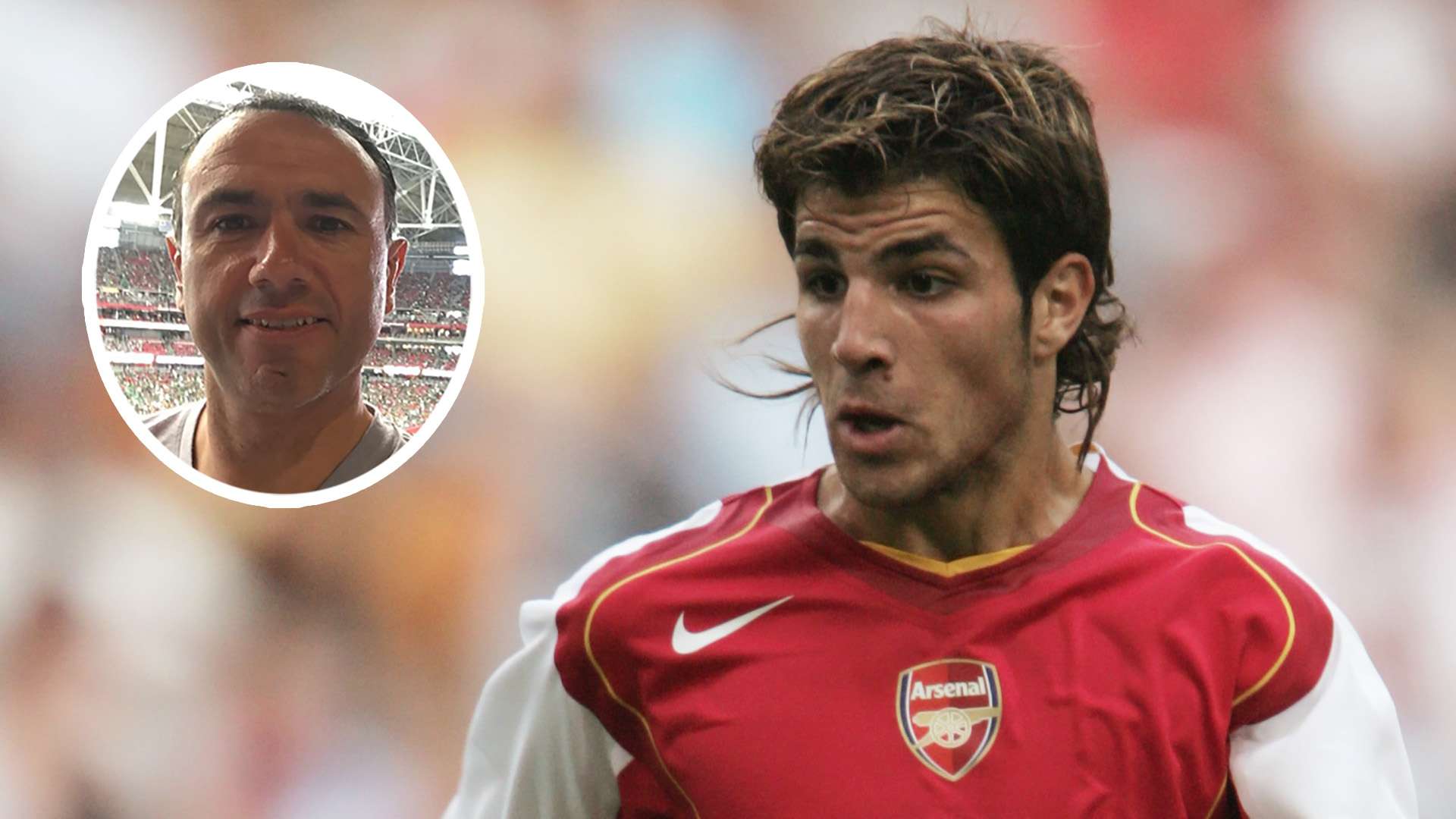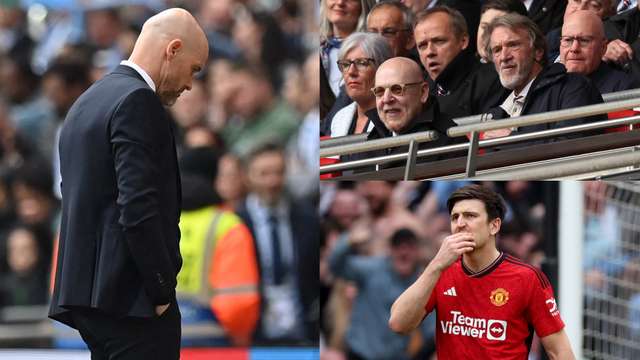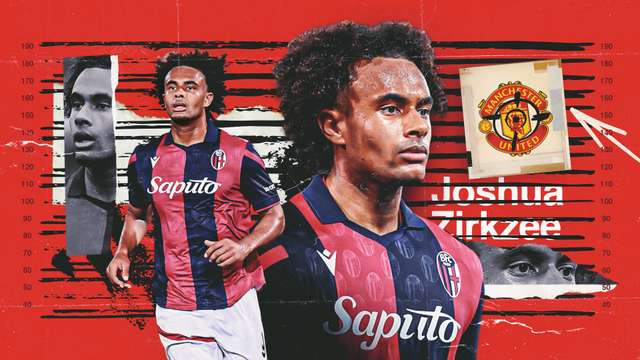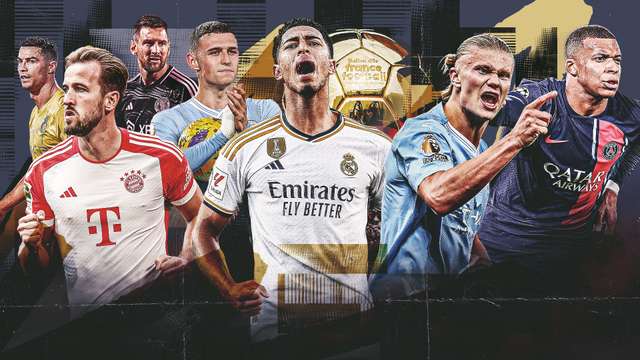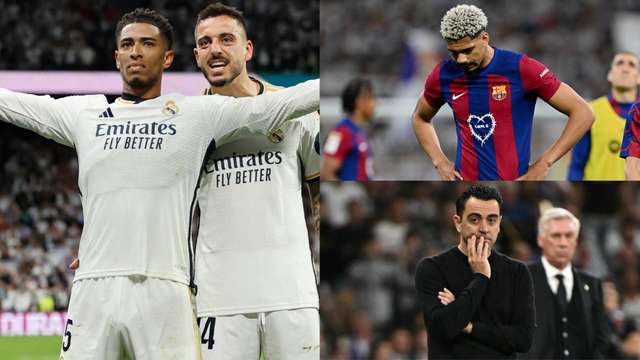Francis Cagigao was a 16-year-old when he first arrived at Arsenal in the late 1980s looking to make his way in the professional game.
Little could he have imagined when he first walked through the doors of Highbury’s Marble Halls that it would be the start of a relationship that would last five decades before finally coming to an end earlier this month.
Cagigao’s time as a player in north London was brief. It did feature one FA Youth Cup success in 1988, but ended when Barcelona came knocking before he had even signed a professional contract with the Gunners.
The son of Spanish parents who were living in south west London, the lure of a move to Camp Nou proved too strong to turn down and Cagigao opted for a switch to Barca. He moved to Racing Santander a year later before having spells with Racing de Ferrol, Yeclano Deportivo and Club Lemos before an ankle injury forced him to retire aged just 29.
By then he had rekindled his love affair with Arsenal. A week-long stay back at his former club’s training ground in 1996 resulted in a meeting with Don Howe, chief scout Steve Rowley and Arsene Wenger, who had just arrived in north London from Japan.
Next Match
Wenger was looking to build a new global scouting network and after discussing his vision with Cagigao, who by then was coaching at Club Lemos and running the academy, the Frenchman offered him the chance to be a part of it.
“There was a connection there,” Cagigao told Goal . “I knew Steve already from my time as a player there and I knew [assistant manager] Pat [Rice] very well as he’d been my coach and been a very important person for me.
“And I was very, very impressed obviously with Arsene. With everything he spoke about, with his demeanour and with the elegance that he portrayed.”
So Cagigao began to scout for Arsenal in Spain and Portugal on a part-time basis, doing so while continuing with his duties at Club Lemos. It was a period he describes as ‘hectic’, but one he adds was a ‘fabulous education’ for what was to come.
And what was to come was the offer of a full-time scouting role at Arsenal. It was one he couldn’t turn down.
“When Arsenal come knocking on the door and tell you ‘we need you to go full time’, it’s very difficult to say no,” said Cagigao.
“In the early years, Arsene set the guidelines, but Steve was running the operation. Steve was another important person for me, we had a similar outlook in many aspects of how to go about recruiting players and obviously we had those very well mapped out guidelines by Arsene.
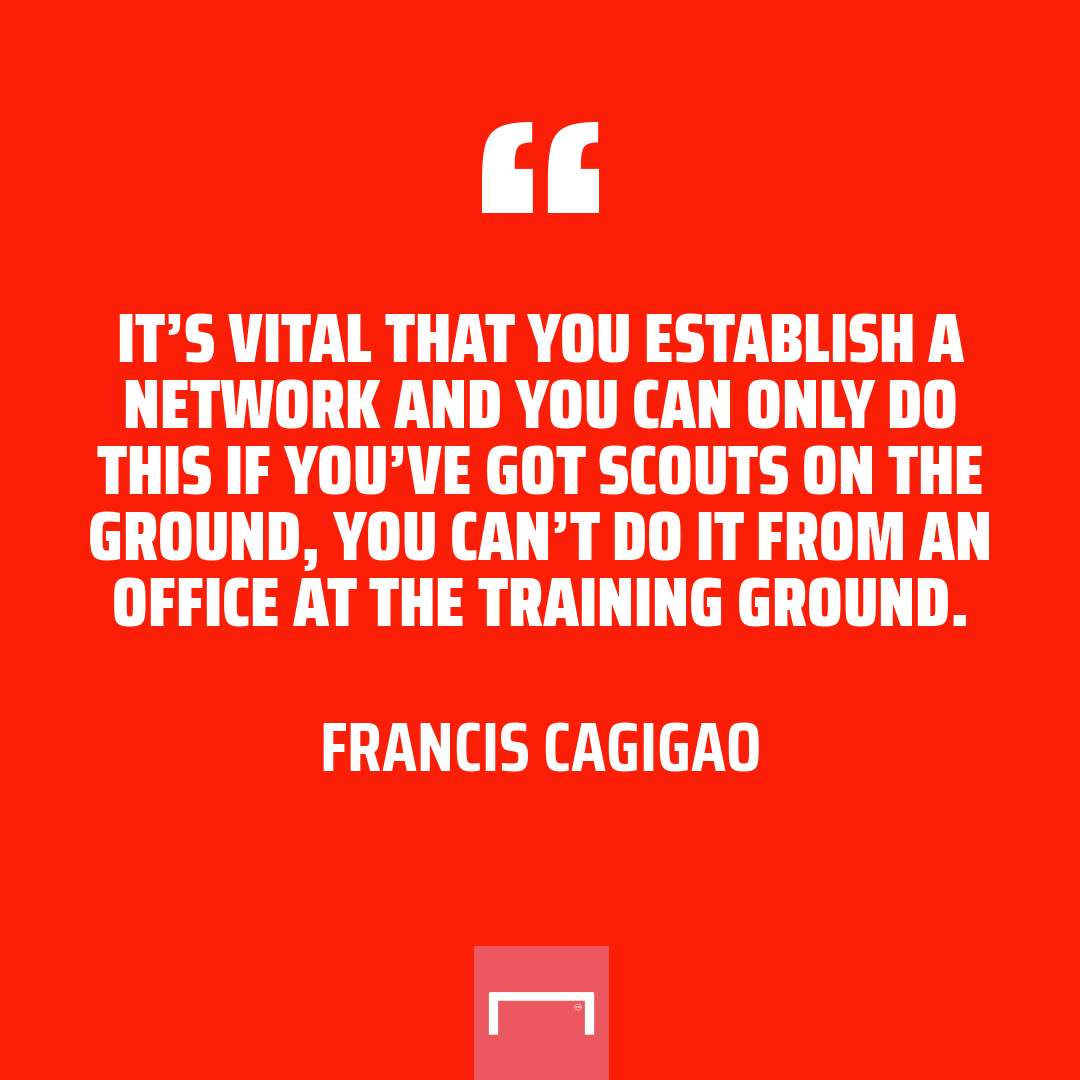
“From then on it was just a question of watching as much football and as many players as you could - both at youth and senior level. Networking as much as humanly possible so that whenever a player did appear, he would quickly be on your radar.
“It’s vital that you establish a network and you can only do this if you’ve got scouts on the ground in their respective areas, you can’t do it from an office at the training ground.
“By having this extensive global network, it gives you a lot more scope and you can be first in the door in terms of young, development players which is what we were really looking to do.”
And it wasn’t long before the rewards started to come.
Under Wenger and Rowley, Arsenal soon established themselves as one of the leading clubs in the world when it came to player identification and recruitment.
And Cagigao was at the heart of the scouting revolution that was taking place in north London.
“It was an exciting time because we knew that the manager had a detailed and vested interest in scouting and recruitment,” said the 50-year-old.
“I wouldn’t say pioneers because that would be self-centred of me to say, but certainly we were at the forefront of world-wide scouting and recruitment, especially in terms of young, development players.
“Our presence was very much felt across Europe in terms of training grounds, youth games, development games and reserve team games. Sometimes when I was sitting in the stands, I would get comments like ‘Arsenal are everywhere. Is there a ground you lot are not at?”
Lauren was the first player recommended by Cagigao to sign following his full-time appointment in 2000.
The Cameroon international was brought in from Mallorca, where he had been playing as a midfielder. But he was signed with the view of him being the long-term replacement for Lee Dixon at right-back.
“When he joined I got questions from Arsene and Pat,” Cagigao recalled. “Are you sure he is going to make a right-back?
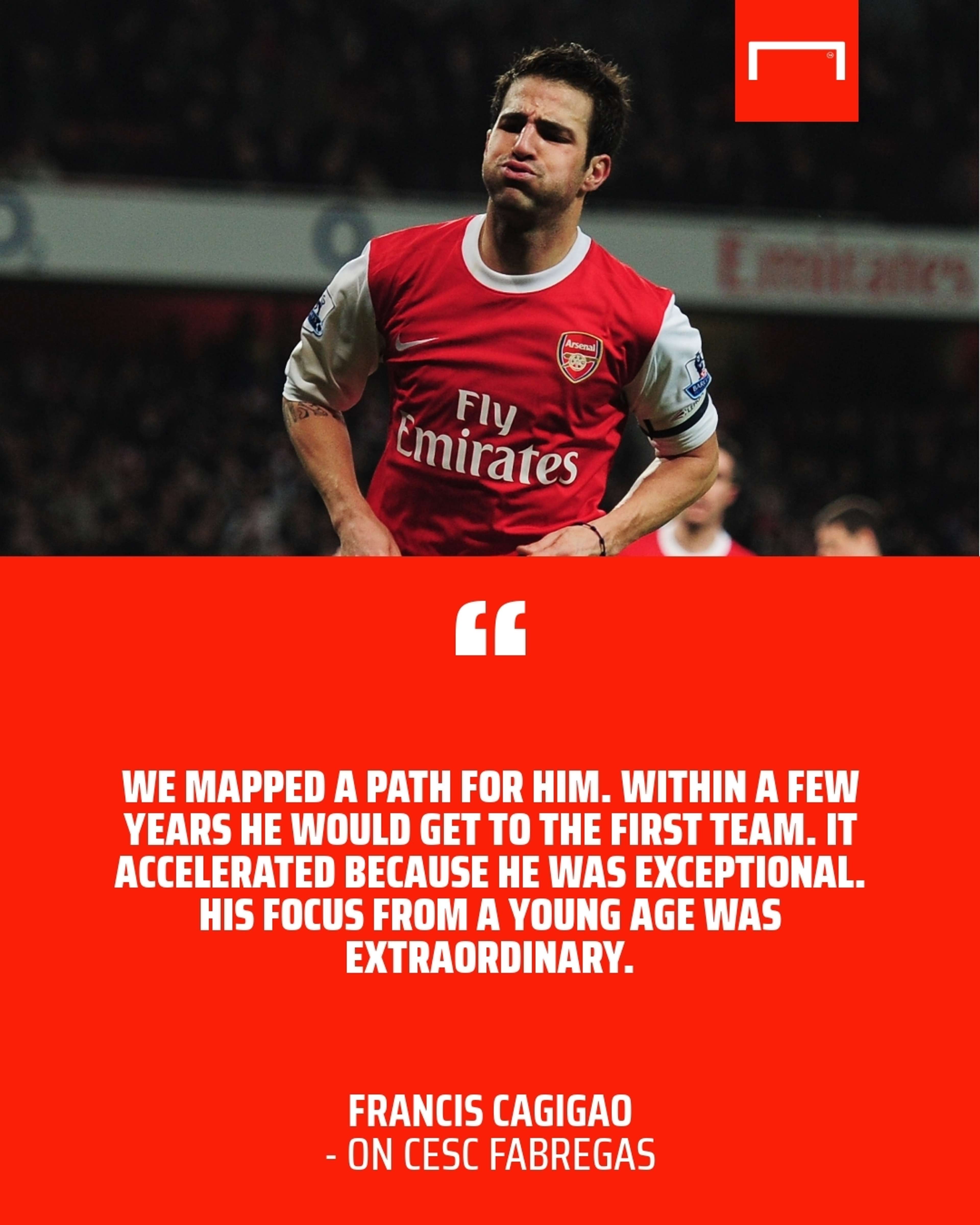 Getty Images
Getty Images
“Initially he played a few games in midfield and there was a bit of nervousness there, but once he played his first game as a right-back it was put to bed a little bit and the rest is history. He went on to be a fabulous player for the club.”
The success Lauren went on to enjoy at Arsenal was mirrored by a stream of other players for whom Cagigao played a big part in bringing to north London.
Cesc Fabregas, Jose Antonio Reyes, Alexander Hleb, Robin van Persie, Santi Cazorla, Emiliano Martinez, Carlos Vela, Hector Bellerin and Nacho Monreal all arrived on his recommendation between 2003 and 2013, a period of time which saw Cagigao take on the role of head of south Europe and South American scouting before being promoted to head of global scouting.
“He was a player who caught my eye in an exceptional Under-16s side with [Lionel] Messi and [Gerard] Pique," Cagigao said. “It’s public knowledge that we tried to incorporate all three players.
“People say we discovered Cesc. But he was already at Barcelona. We arrived at the right time because there was nothing to say Cesc was going to be what he was.
“Maybe we were fortunate that their [Barcelona’s] internal identification hadn’t worked as well as they would have liked it to and as well as it did years later, so we were able to acquire what was one and nearly three exceptional footballers.
“Cesc was very sold on the idea, he saw that we believed in him and that we set out a project and a guideline for him. We mapped a path for him that within a few years he would get to the first team, obviously then it accelerated because the boy was exceptional and he settled in so quickly and his focus from a very young age was extraordinary.”
The work Cagigao did to bring Fabregas to England has never been forgotten by the Spanish midfielder, who has gone on to become one of the best players of his generation.
Now 33 and still starring for Monaco, he has had a club career which has seen him win two Premier League titles, two FA Cups, La Liga, the Copa del Rey and the Club World Cup. He has also won the European Championship and World Cup with Spain.
Fabregas and Cagigao remain close to this day, something that was evident when Gabriel Martinelli and Hector Bellerin both scored during Arsenal’s 2-2 draw at Chelsea last season.
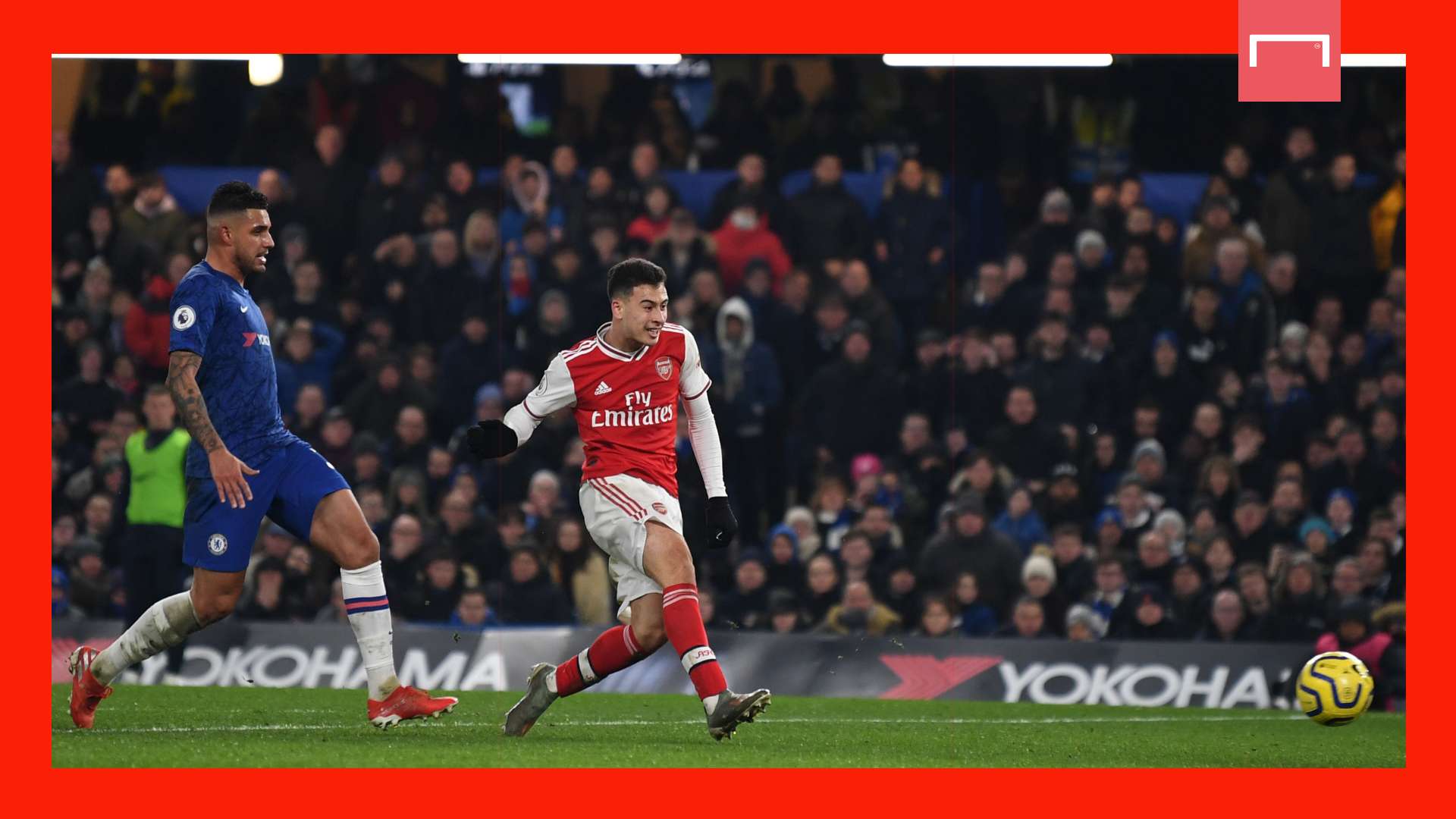
As Martinelli, who Cagigao helped snap up as an 18-year-old from Ituano last summer, scored his stunning solo goal to make it 1-1, Fabregas took to social media to celebrate the man who had brought him to England.
“Francis Cagigao strikes again,” tweeted Fabregas.
Then when Bellerin rolled in a last-gasp equaliser to make it 2-2 later in the game, Fabregas went even further.
“And Francis Cagigao strikes again and again. Legend,” he said.
For a man who is used to operating behind the scenes and keeping his name out of the headlines, it was a rare moment of widespread publicity. So how did that make him feel?
“I was a little bit embarrassed to tell you the truth,” he laughed. “That was the first thing. I certainly didn’t expect it.
“Obviously your phone starts going off, all these WhatsApps start coming in and you don’t know why.
“So I was a bit embarrassed, but also very grateful to Cesc for those words. Players don’t need to do that and if they do it’s because they think that.
“I’m very privileged and proud to have had a good connection with players over the years and a lot of those players still stay in touch. I speak every day to some of them.
“So I’m grateful to all the fantastic people I’ve had the opportunity to work with over the years because of this job.”
Cagigao’s 24-year stay at Arsenal finally came to an end earlier this month following a review of the recruitment department carried out by technical director Edu, who arrived at the club in July 2019.
Large swathes of the recruitment network were let go by the Brazilian, including the likes of senior scouts Brian McDermott and Peter Clark.

“I think 24 years is a very long time in any sector," he said looking back on his time in north London. "I certainly didn’t think I would be there 24 years the day I had that meeting with Arsene, Pat and Steve in the canteen at the old University of London training pitches.
“Everything has a start and an end. I’m proud and privileged to have worked for such a great club and proud of the part I had to play in those 24 years. It’s something I can look back on for the rest of my life with pride.
“The club has changed massively, I think the football industry in general has changed, whether you want to call it progress or not.
“There have been a lot of times in those 24 years when I could have called it a day and moved somewhere else but decided not to do that because I was always respected and comfortable within my role and worked with people with who we had a lot of empathy and feeling of connection.”
When pressed on whether that feeling of connection he had with the likes of Wenger and Rowley didn’t exist with the new hierarchy at Arsenal, Cagigao refrained from answering the question.
“I prefer not to comment on that,” he said.
The Brazilian stated that he wanted to work more closely with StatDNA, the club’s internal data and analytics company, and to have a smaller team that was based around him in London.
“The people I want to work with, I want them to be very close to me,” he said. “I want to create a group of people working together.
“I don’t want individual people working in one area or for one country. Less people with much more responsibilities.”
There are many who believe that approach could see Arsenal miss out on young players across the world who are not yet on the system, the type of players who get spotted in their teens while playing in youth and development games.
Would detailed data have pointed Arsenal in the direction of Fabregas for example when he was coming through at La Masia at just 15?
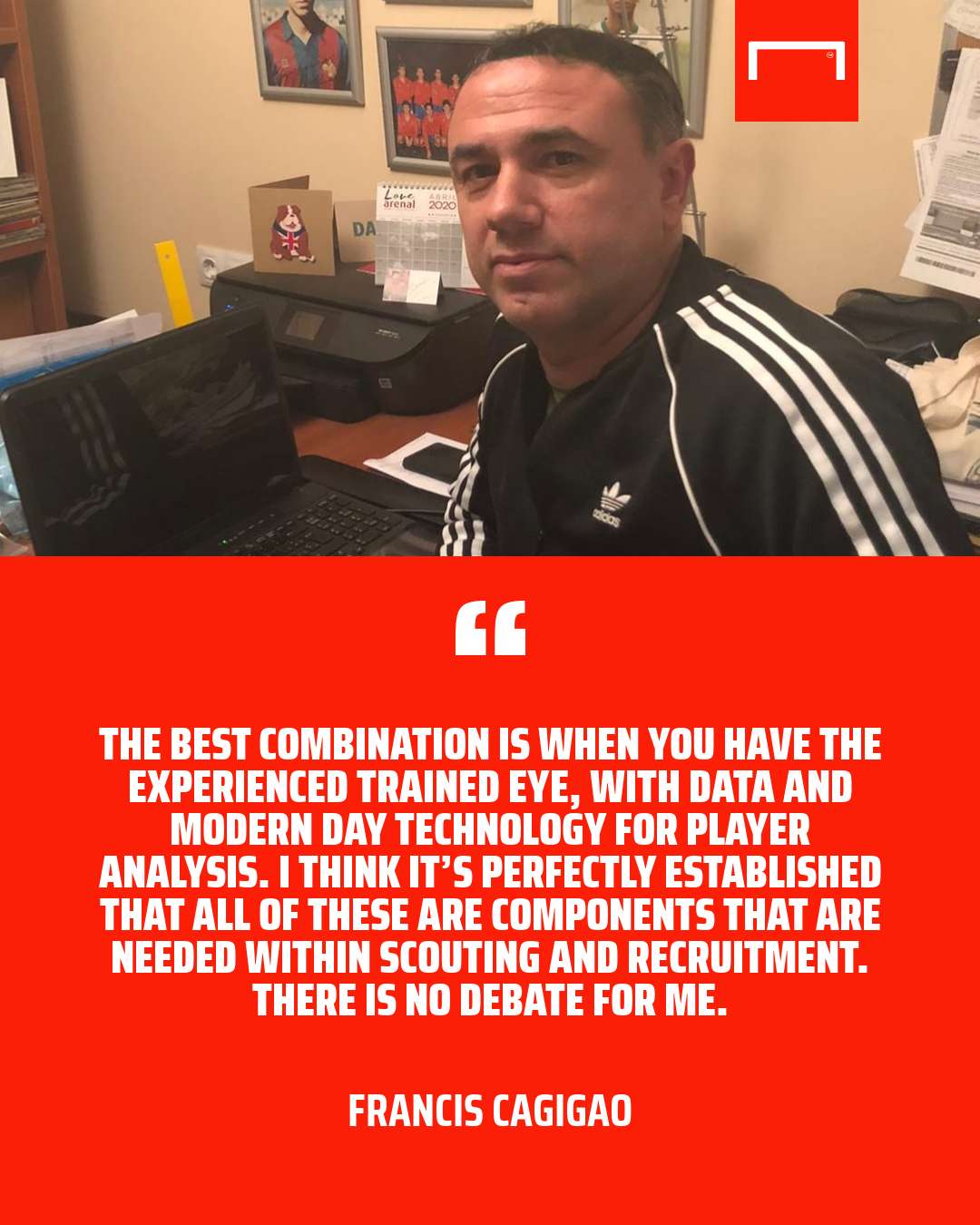
“Impossible,” said Cagigao. “That’s it. You can’t expand on that word.
“I worked many years with StatDNA. We see examples of it at Liverpool and other clubs, where the best combination is when you have the experienced trained eye, with data and modern day technology for player analysis. That combination is the perfect combination in a football club. I’m not talking about Arsenal, I’m talking about any football club.
“Of course each club needs to tailor its resources and the resources that are out there to their financial situation and to what their needs are.
“But I don’t think there is any debate between one or the other. I think it’s perfectly established that all of these are components that are needed within scouting and recruitment. There is no debate for me.”
With that in mind, Cagigao was asked whether he was worried about the direction Edu was taking Arsenal, one that appears to be centred purely around data analysis and agent recommendations when it comes to recruitment.
“No comment,” he swiftly replied.
But for now, for the first time in 24 years, that is a situation that doesn’t directly concern Cagigao.
His future lies elsewhere and for a man as respected in the game as he is, he will not be short of offers when it comes to choosing his next role.
He is still a qualified coach and also a qualified technical director, but despite the ever-changing landscape of football, the world of scouting is still one he is not ready to leave behind.
“I think it’s very clear that my route has been mapped down this path,” he said. “What I’m looking for is that my next project is the right project that fits with my mentality and where I think I can really bring something to the table.
“I’ve got to be very careful having worked at such a top-level club, that I don’t jump straight back in at the deep end at the first opportunity that arises. It’s very important for me to make the right choice when I do take that step.
“There needs to be that connection again, like there was all these years back with Arsene and Steve.”
